I am extremely new to programming but I decided to take on an interesting project as I recently learnt how to represent a sphere in parametric form. When intersecting three spheres, there are two points of intersections that are distinct unless they only overlap at a singular point.
Parametric representation of a sphere:

The code I have is modified from the answer from Python/matplotlib : plotting a 3d cube, a sphere and a vector?, adding the ability to dictate the x, y and z origin and the radius of the sphere. Many similar questions were written in C++, Java, and C#, which I cannot understand at all (I barely know what I am doing so go easy on me).
My Code:
import numpy as np
def make_sphere_x(x, radius):
u, v = np.mgrid[0:2 * np.pi:5000j, 0:np.pi:2500j]
x += radius * np.cos(u) * np.sin(v)
return x
def make_sphere_y(y, radius):
u, v = np.mgrid[0:2 * np.pi:5000j, 0:np.pi:2500j]
y += radius * np.sin(u) * np.sin(v)
return y
def make_sphere_z(z, radius):
u, v = np.mgrid[0:2 * np.pi:5000j, 0:np.pi:2500j]
z += radius * np.cos(v)
return z
#x values
sphere_1_x = make_sphere_x(0, 2)
sphere_2_x = make_sphere_x(1, 3)
sphere_3_x = make_sphere_x(-1, 4)
#y values
sphere_1_y = make_sphere_y(0, 2)
sphere_2_y = make_sphere_y(1, 3)
sphere_3_y = make_sphere_y(0, 4)
#z values
sphere_1_z = make_sphere_z(0, 2)
sphere_2_z = make_sphere_z(1, 3)
sphere_3_z = make_sphere_z(-2, 4)
#intercept of x-values
intercept_x = list(filter(lambda x: x in sphere_1_x, sphere_2_x))
intercept_x = list(filter(lambda x: x in intercept_x, sphere_3_x))
print(intercept_x)
Problems:
Clearly there must be a better way of finding the intercepts. Right now, the code generates points at equal intervals, with the number of intervals I specify under the imaginary number in
np.mgrid. If this is increased, the chances of an intersection should increase (I think) but when I try to increase it to10000jor above, it just spits a memory error.There are obvious gaps in the array and this method would most likely be erroneous even if I have access to a super computer and can crank up the value to an obscene value. Right now the code results in a null set.
The code is extremely inefficient, not that this is a priority but people like things in threes right?
Feel free to flame me for rookie mistakes in coding or asking questions on Stack Overflow. Your help is greatly valued.